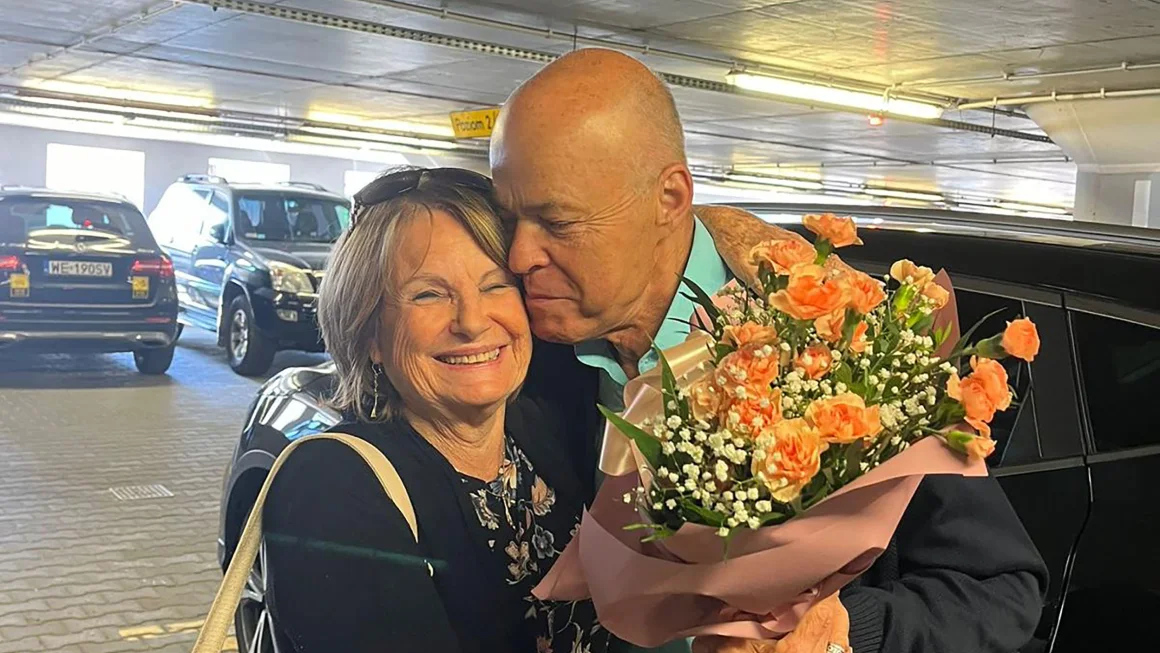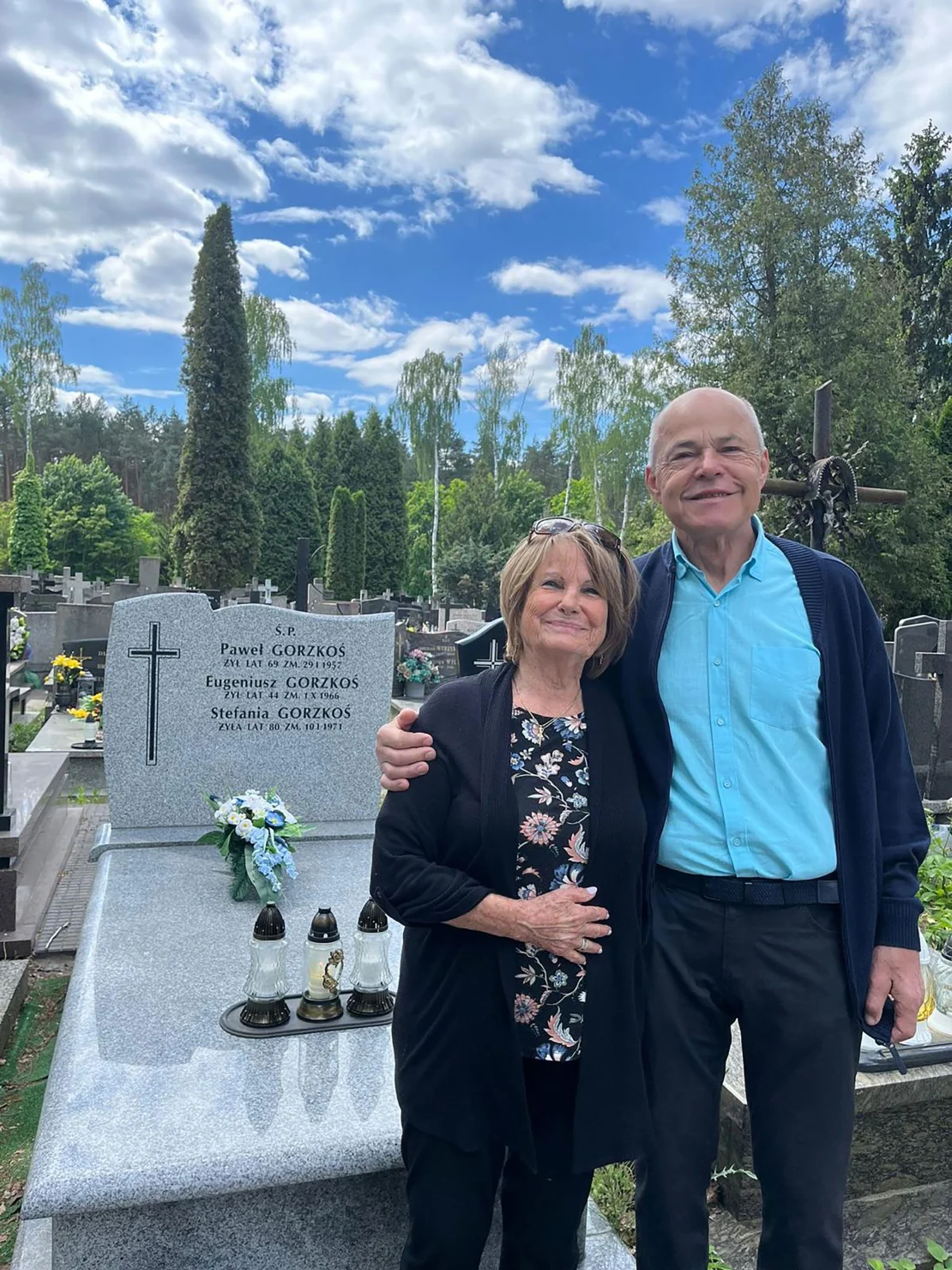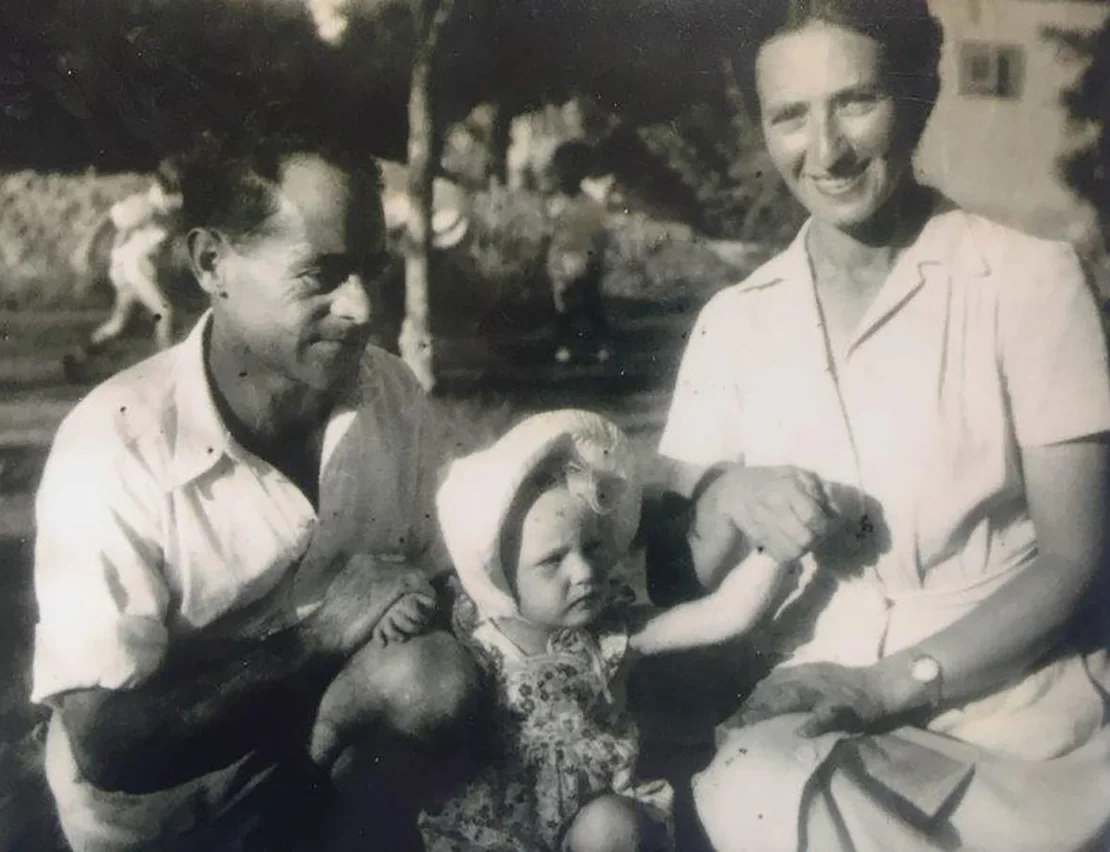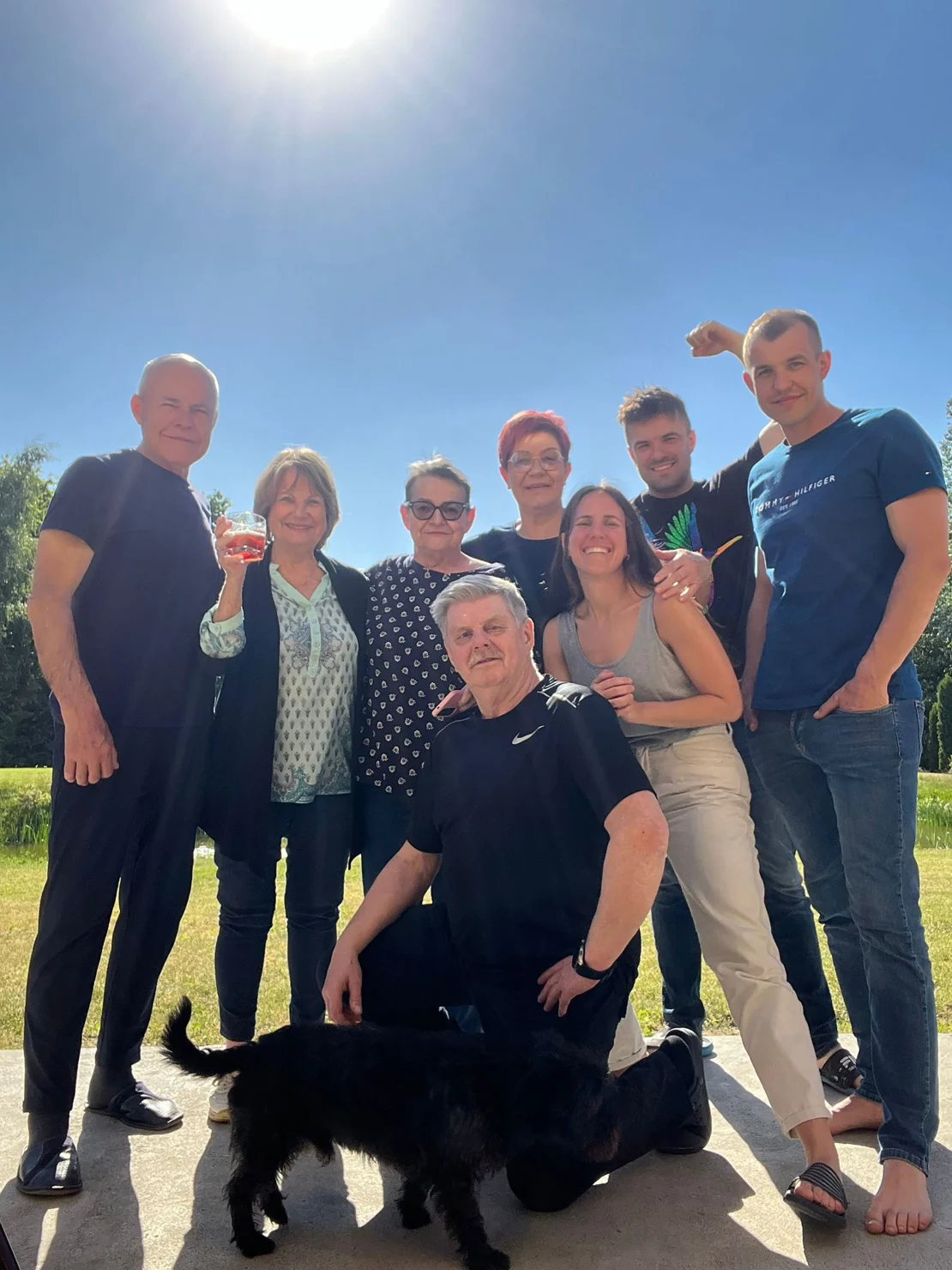NEWS
A Jewish woman, Elana Milman 77 adopted as a baby after World War II lost hope of finding her father_This year she gained a whole new family

When Elana Milman published an autobiography last year about her lifelong quest to find her birth parents, she had accepted she would never know the identity of her father.
But thanks to a DNA test and some serious “genealogical detective work,” Milman, a 77-year-old retired teacher born in a displaced persons camp in Bergen-Belsen, has just returned from Poland, where she had an emotional meeting with the brother she didn’t know she had until earlier this year.
Growing up on a kibbutz in northern Israel, Milman had no idea her mother and father were not her birth parents until she was six, when she recalls a friend shared the “very big secret” he had heard.
“I remember this feeling like yesterday, like a kind of stab in my tummy,” Milman, a retired teacher, told CNN on a video call.
When confronted, her parents admitted that they had not brought her into the world but said they loved her and were raising her to have a “wonderful life.”
Over the years, whenever she tried to discuss it, she was told: “When you grow up, you’ll know.”
It was only in her 30s that Milman finally discovered her birth certificate, which – after some meticulous research – led her to her birth mother in Canada.
The birth certificate showed she was born Helena Lewinska to a Polish-Jewish woman called Franziska Lewinska in 1947 at the Bergen-Belsen displaced persons camp, close to the site of the former Nazi concentration camp of the same name.
However, in 1948 she arrived in what was then Palestine – just months before Israel’s independence – as part of a group of unaccompanied children from war-torn Europe. She was adopted by a childless couple, Eliezer and Hulda Rosenfeld, from Kibbutz Merhavia, near Haifa.
Against the odds, Milman eventually tracked down her biological mother, who had married and changed her name, in Canada and even spent a year there with her family. The pair grew close over several years and although her mother, known as Franka, shared much about her wartime past before she died in the 1980s – how she survived the Holocaust by escaping from the Warsaw Ghetto and living on the other side of the city under a false identity, and how her parents and siblings perished at the Nazis’ Treblinka extermination camp – she refused to divulge the identity of Milman’s father.
He was listed as Eugeniusz Lewinski on Milman’s birth certificate, but her research hit a brick wall as she found no evidence of anyone by that name.
“Every time I quizzed my mother – like, what happened to her during the war and who was my father – she gave me different stories,” she told CNN. “When I bugged her too much, she said ‘the only thing I can tell you is that he was a very good singer and dancer – and very handsome.’”
Last year, Milman – who has four children and 10 grandchildren – published an autobiography aptly entitled “When you grow up, you’ll know.” In an interview with an Israeli magazine at that time, she said she had come to terms with never knowing who her father was.
Little did she know that Gilad Japhet, founder and chief executive of genealogy platform MyHeritage, would read the article and pass it to his research team, asking “can we help?”
With Milman’s consent, they embarked on “genealogical detective work,” according to Roi Mandel, MyHeritage’s director of research.
“When the DNA test confirmed the findings and proved beyond any doubt that we had found a half-brother to Elena and the identity of her father, we felt great pride and immense excitement. The circle for Elena is closed,” he said.
These factors explain why, in part, long-buried family secrets are only emerging now.
“Although 80 years have passed since the war, we are witnessing an increase in the amount of stories related to it and new discoveries, due to the availability of digital platforms such as MyHeritage which make the archives digitally accessible,” said Mandel.
“Also, as in this case, DNA tests allow a research hypothesis to be scientifically and definitively confirmed, and sometimes to be the basis for historical research and the starting point. Technology allows us to fill in the puzzle with the missing pieces.”






![[First degree murder charge] Man arrested in the deadly shooting of 12-year-old girl in Southeast Baltimore](https://usatune.com/wp-content/uploads/2024/07/4723e31b5fd1547749b0ff0fabb250ad-80x80.jpg)

![“Goodbye, Legend!” Emma Heming Shares Heartbreaking News About Bruce Willis, A good day to die hard the Actor’s Latest Developments [Tragic]](https://usatune.com/wp-content/uploads/2024/07/451047620_1664828077616493_1970708724494300183_n-80x80.jpg)






